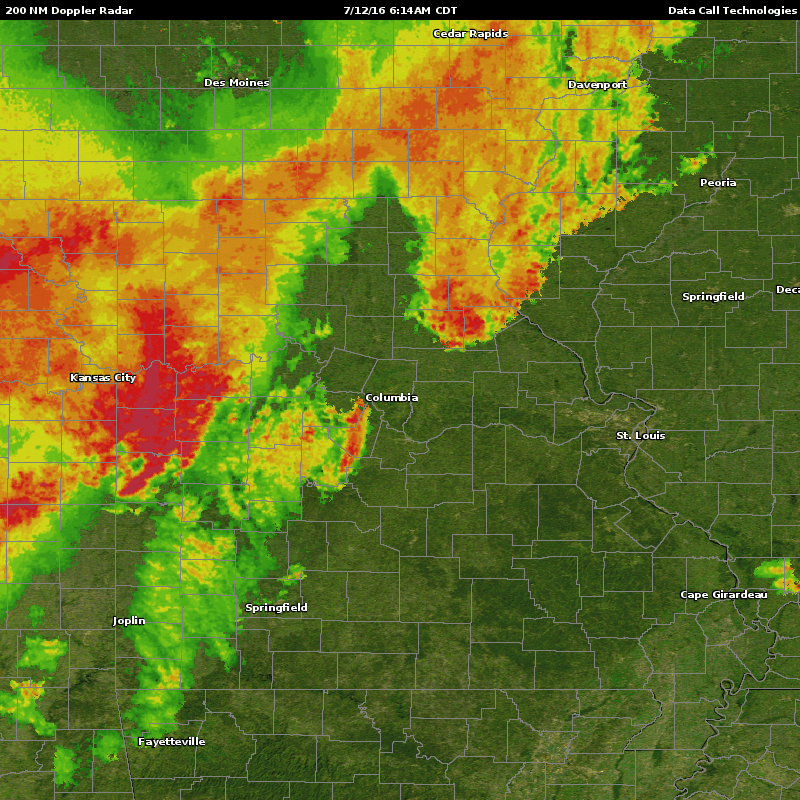

The same effect takes place in the atmosphere as a pulse of energy from NEXRAD strikes an object and is reflected back toward the radar.

The faster the train moves, the greater the change in the whistle's pitch as it passes your location. Likewise, as the train moves away from you, the sound waves are stretched, lowering the pitch of the whistle. As the train approaches, the sound waves that make up the whistle are compressed making the pitch higher than if the train was stationary. You have most likely experienced the "Doppler effect" around trains.Īs a train passes your location, you may have noticed the pitch in the train's whistle changing from high to low. This Doppler effect was named after the Austrian physicist, Christian Doppler, who discovered it. The phase of the returning signal typically changes based upon the motion of the raindrops (or bugs, dust, etc.). The ability to detect the "shift in the phase" of the pulse of energy makes NEXRAD a Doppler radar. Learn about the different scanning modes of the Radar here The remaining 59 minutes and 53 seconds are spent listening for any returned signals. When the time of all the pulses each hour are totaled (the time the radar is actually transmitting), the radar is "on" for about 7 seconds each hour. NEXRAD spends the vast amount of time "listening" for returning signals it sent. This process of emitting a signal, listening for any returned signal, then emitting the next signal, takes place very fast, up to around 1300 times each second! Computers analyze the strength of the returned pulse, time it took to travel to the object and back, and phase, or doppler shift of the pulse. This reflected signal is then received by the radar during its listening period. Note: it's a small fraction of the emitted energy that is scattered directly back toward the radar. If the energy strikes an object (rain drop, snowflake, hail, bug, bird, etc), the energy is scattered in all directions (blue). The radar emits a burst of energy (green in the animated image). Harasti,P.R., McAdie,C.J., Dodge, P.P., Lee, W-C, Tuttle, J., Murillo, S.T., Marks, F.D.NEXRAD (Next Generation Radar) obtains weather information (precipitation and wind) based upon returned energy. Rogers, and F.Roux, 2005: “A numerical simulation of Hurricane Bret on 22-23 August 1999 initialized with airborne Doppler radar and dropsonde data” .Soc., 131 (605) p.155-194 (Jan.

Zhang, 2010: “Estimation and mapping of hurricane turbulent energy using airborne Doppler measurements.” Monthly Weather Review, 138(9)p.3656-3670 (September 2010) Marks, 2012: “Multiscale analysis of mature tropical cyclone structure from airborne Doppler composites,” Monthly Weather Review, 140 (1), P. Environmental flow impacts on tropical cyclone structure diagnosed from airborne Doppler radar composites. Evaluation of the Hurricane Research Division Doppler radar analysis software using synthetic data. The relationship between spatial variations in the structure of convective bursts and tropical cyclone intensification using airborne Doppler radar.


 0 kommentar(er)
0 kommentar(er)
